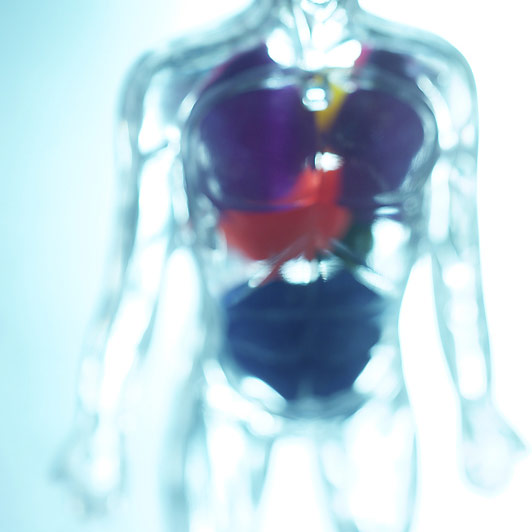
WEDNESDAY, July 29, 2015 (HealthDay News) — Transplant surgeons may have found a simple way to improve the functioning of kidneys from brain-dead donors: Cool the donor’s body by just a few degrees.
Experts said the advance, reported in the July 30 issue of the New England Journal of Medicine, could free up more donor kidneys for the many people now on transplant waitlists.
“This is a simple, zero-cost intervention that can be done in any country in the world,” said lead researcher Dr. Claus Niemann, a professor of anesthesia and surgery at the University of California, San Francisco.
“We think this will liberate more organs, and get more people off of waitlists,” Niemann said.
Kidney transplants can come from a living or deceased donor, but, for various reasons, those from living donors have a better shot at success. They are less likely to be rejected, and typically last longer: About 80 percent of living-donor kidneys are still functioning five years later, versus 67 percent of those from deceased donors, according to the U.S. Department of Health and Human Services.
For the new study, Niemann’s team aimed to lower the risk of an immediate complication that’s more common with kidneys from deceased donors: delayed graft function, where the donor kidney does not immediately work.
In those cases, patients have to remain on dialysis until the kidney can function on its own — which does not always happen.
In fact, Niemann said, that early stumbling block raises the risk that the body will reject the organ entirely. It can also diminish the transplant’s ultimate longevity.
In principle, “mild hypothermia” — cooling the deceased donor’s body by a few degrees — should help protect the kidneys from damage that naturally occurs with brain death, Niemann explained.
During brain death, the body responds with widespread inflammation, cell death and production of tissue-damaging free radicals. Cooling the body may slow down those processes, the researchers theorized.
To test that idea, Niemann’s team randomly assigned brain-dead organ donors to either be managed the standard way — keeping the body at normal temperature — or to undergo mild hypothermia.
That meant cooling the body by a few degrees, to 94 or 95 degrees Fahrenheit.
The study ultimately enrolled 370 deceased donors, who provided kidneys to 572 people. In the end, kidneys from the hypothermia group functioned significantly better: 28 percent of those recipients had delayed graft function, versus 39 percent of patients who received a standard transplant.
But, Niemann said, hypothermia had its biggest impact on kidneys from less-than-ideal deceased donors — those older than 60, and those older than 50 with high blood pressure, mild kidney dysfunction or a history of stroke.
In those cases, hypothermia lowered the rate of delayed graft function from 56 percent to 31 percent.
“I didn’t expect to see that profound of an effect,” Niemann said. “I was actually taken aback.”
The trial was stopped earlier than planned, at the recommendation of an independent panel, when it became clear that kidneys from the hypothermia group were working better.
The approach “has the potential to radically change donor management and improve outcomes for organ recipients,” said Dr. Ina Jochmans, of the University Hospitals Leuven, in Belgium.
Jochmans co-authored an editorial on the study, along with Dr. Christopher Watson, a professor of transplantation at the University of Cambridge, in England.
She and Watson agreed that the low-tech tactic could be easily adopted at medical centers throughout the world. But they also said some caution is in order.
For one, it’s not clear whether hypothermia improves transplant recipients’ long-term outlook. There are also questions about how the cooling process affects other organs in the deceased donor’s body — including the heart, lungs, liver and pancreas.
“Before hypothermia of brain-dead donors is to become standard practice,” Jochmans said, “it’s vital to know that hypothermia is not detrimental to any other organ, as [donors] usually provide multiple organs for transplantation.”
If hypothermia is so simple, why are researchers testing it only now? Niemann said it’s mainly because of the complex logistics of doing a controlled clinical trial in transplant medicine.
“There is no infrastructure set up for trials like this,” he said.
The need for donor organs is only rising, however. Right now, over 122,000 Americans are on waitlists for an organ transplant, according to the U.S. Department of Health and Human Services. The large majority — nearly 102,000 — are waiting for a kidney.
More information
The National Kidney Foundation has more on kidney transplants.
Copyright © 2025 HealthDay. All rights reserved.

